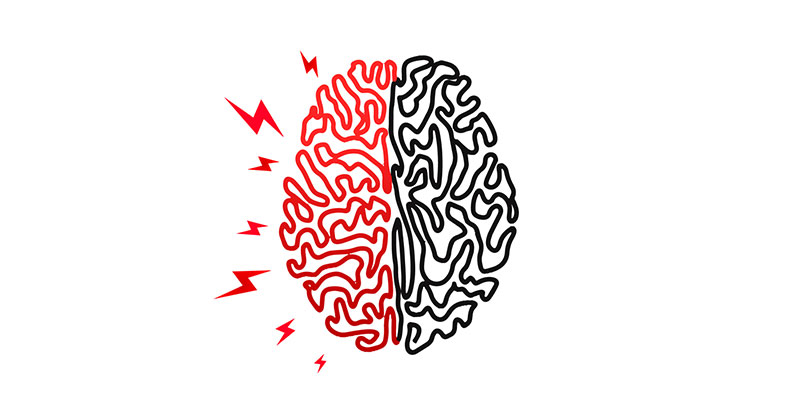Stroke is a leading cause of death and long-term disability globally. While 1-in-10 stroke patients may achieve a full recovery, the majority will experience varying degrees of impairment, ranging from minor to severe, that can hinder their ability to perform pre-stroke activities of daily living. Additionally, without proactive measures, stroke survivors face an elevated risk of a recurrent stroke, which can have catastrophic consequences.
A stroke occurs when blood vessels fail to deliver oxygen and nutrients to the brain, either due to a blood clot (ischemic stroke) or a ruptured blood vessel (hemorrhagic stroke). Approximately 80% of strokes are ischemic. When oxygen and nutrients cannot reach brain tissue, the affected area may lose function, with consequences varying based on the region of the brain involved. Here’s a comprehensive list of symptoms based on the side of the brain in which a stroke occurs:
- LEFT BRAIN: Paralysis on the right side of the body, sensory changes on the right side of the body, speech/language problems, abstract thinking loss, problems with thinking and memory, and slow, cautious behavioral style.
- RIGHT BRAIN: Paralysis on the left side of the body, sensory changes on the left side of the body, vision problems, spatial thinking or imagery issues, problems with thinking and memory, and loss of quick, inquisitive behavioral style.
- BRAIN STEM: When a stroke occurs in the brain step, it can affect both sides of the body. The most severe damage could leave someone in a ‘locked-in’ state. Locked-in state is a condition in which the patient is generally unable to speak and can’t move because of the paralysis of muscles except for vertical eye movements and blinking. The person remains conscious, they can hear, think, reason and comprehend. In these cases, communication is established through eye movements.
In the event of a stroke, prompt treatment to address the cause of blood flow restriction is essential for both saving the patient’s life as well as reducing the risk for functional losses. Researchers have create the BE FAST acronym to help spot the signs of stroke: Balance (loss of), Eyes (blurred, double or total visual loss in one or both eyes), Face (droops on one side), Arms (loss of function), Speech (slurred or lost), and Time (you have a short window of time where medication can dissolve the clot and restore function). According to Cleveland Clinic, 52% of individuals suffering an ischemic stroke caused by a very large clot had better long-term outcomes if they received the IV-administered tissue plasgminogen activator (IV tPA) meds within 60 minutes of symptom onset. This can also be highly effective if administered within three-to-four hours of symptom onset.
The good news is that up to 80% of strokes are preventable by addressing modifiable risk factors such as maintaining a healthy weight, not smoking, eating a heart-healthy diet, exercising regularly, sleeping seven-to-eight hours per night, managing chronic conditions (e.g., diabetes, heart disease), controlling cholesterol levels, avoiding excessive alcohol intake, and refraining from illicit drug use (especially cocaine and methamphetamines).
